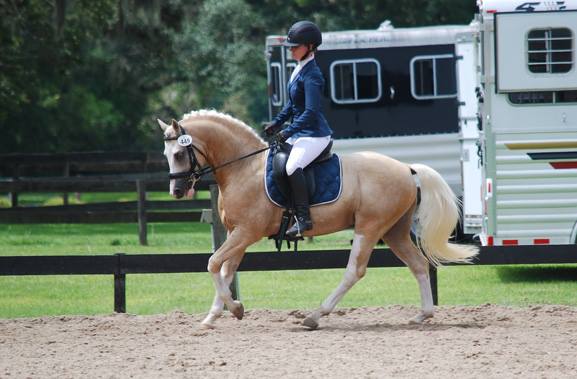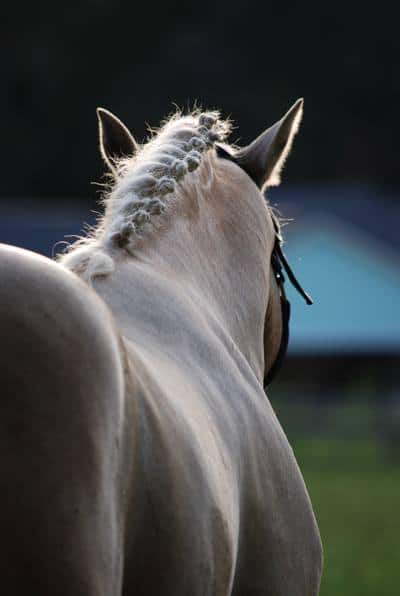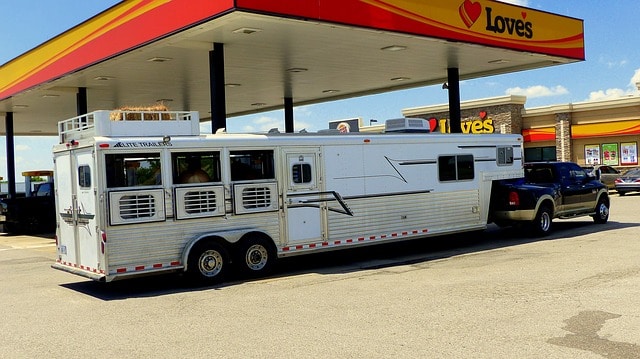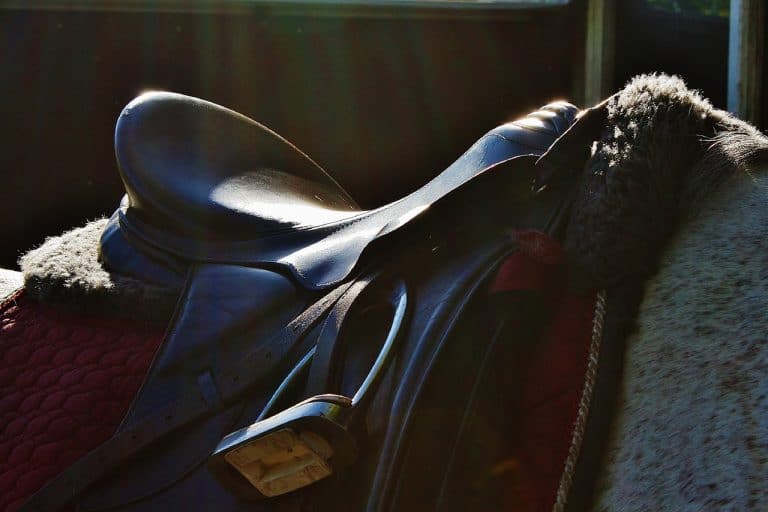That First 90 Days
The time required for training a horse varies for each horse. Several factors will affect the time needed. The required time depends on several factors, including the horse’s age and experience, training methods, temperament, and desired training level. A young, unhandled horse will take much longer to train than a young horse exposed to basic handling. When training starts, the older a horse is, the longer it will take to develop the trust needed to accept the daily contact and become comfortable with the training process.
It is standard for trainers to require a minimum of 90 days to “start” a horse. This 90-day period does not include 90 days of riding but is usually 90 calendar days or three months. Horses are generally worked 3 to 4 days per week. This 90-day period does not result in a “trained” horse. This 90-day period is known as “breaking a horse.” During the first 90 days of training, a horse must build trust with the trainer; this could take days for a horse that has been handled its entire life and has not had bad experiences. It will take longer for a horse that is uncomfortable with people. Groundwork during the training process includes lunging or round penning. Lunging works a horse on a long rope, usually 25 to 35 feet long. The trainer then directs the horse to move around a circle with the trainer in the middle. During this process, the horse is introduced to verbal cues so that the horse understands what is expected of him. These cues include walk, trot canter, and whoa. Horses
are worked on a lung line without a saddle or bridle until they are comfortable with the clues and are relaxed performing the task they are asked to do. Some training methods do not use a lung line but a round pen instead. The goal of round penning and lunging are the same: to get the horse to pay attention to the trainer, to learn the cues, and to establish a relationship.Once a horse is quiet lunging and understands the trainer’s cues, the equipment is introduced. Each piece of equipment is introduced separately so the horse is not overwhelmed. Equipment introductions start with the saddle. Saddles bounce on a horse’s back when the horse moves, and this movement, when unfamiliar to the horse, invokes the flight or fight response. The horse is then lunged with the saddle until he is comfortable and non-reactive to the saddle. Then, the bridle is introduced. With each piece of equipment, the horse is worked on the lung line or in the round pen at a walk, trot, and canter, ensuring the horse is comfortable in all three gaits and is focused on the trainer.
After a horse is relaxed with the equipment, a trainer will then mount the horse. Some methods of training the rider get on and walk, trot, and canter immediately. But most do not. In most methods, the horse is walked with a rider on his back, and once comfortable at a walk, the horse is then asked to trot. The horse is then worked at a walk and trot until the horse is relaxed before the horse is asked to canter. This process can take days or weeks, depending on the horse.
During this initial riding period, the verbal cues used for lunging and round penning, as well as cues from the rider’s legs and reins, are used. The trainer must remain consistent with the cues so the horse does not become confused or frightened. A confused or frightened horse is more likely to react in a fight-or-flight instinct. It is also important at this stage of training that the same trainer works the horse because each trainer will have slightly different aids.
Most initial riding is done in a fenced riding arena or round pen, where the horse is introduced to the equipment. This ensures that the horse is comfortable with the environment and gives the trainer more control should the horse react negatively to new stimuli. After a horse is ridden quietly in a round pen, it is moved to a larger, more open area.
The length of the training process varies with every horse. However, the initial 90 days of training does not end in a trained horse. The first 90 days result in a broke horse, also called a green horse, which means that the horse is rideable and started under saddle. Green horses require patience and gentle handling from an experienced rider or trainer. New things and situations may easily spook them. They may not understand rider cues well and need more time to learn how to respond to them. They tend to be energetic and require experienced handling to keep them safe and under control.
Horses are creatures of habit and learn best by repeating actions. Each step is repeated daily during the training process until the horse accepts the new command or equipment. It is essential to be consistent with actions, cues, and surroundings. When consistent with your cues, aids, and expectations, the horse can more easily understand what you’re asking and respond correctly. Mixed signals confuse horses, and confusion may lead to an adverse reactions.
Adverse reactions in horses also vary. However, horses are prey animals. They are wired with a strong fight-or-flight instinct. This means their first response to a perceived threat will be to either run away (flight) or defend themselves (fight). When faced with a scary situation, a horse’s first instinct is to bolt and distance itself from the perceived danger. If the perceived threat is on the horse’s back, the horse will buck to get the perceived danger off their back.
Age, breed, temperament, and past experiences influence how quickly a horse learns and trusts humans. So when you are look at horses be aware that 90 days of training does not make a trained horse.




